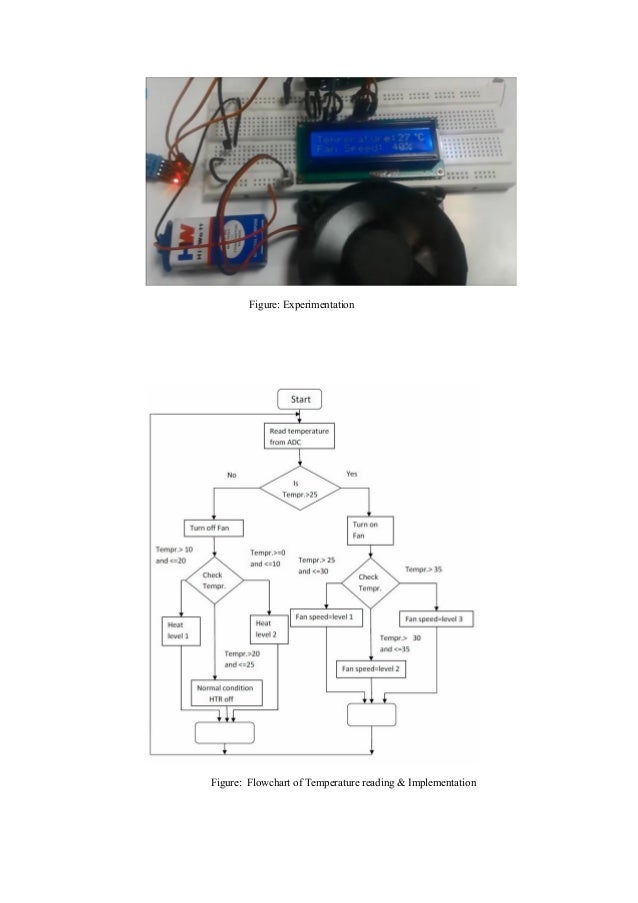Automatic Temperature Controlled Fan Using Arduino
Digital Temperature Controller using arduino, here we are using arduino as main controller, this temperature controller controls the temperature of any heating device with given set points, It also displays state of the device either on or off and current temperature. As the name implies, a temperature controller is an instrument used to control temperature. The temperature controller takes an input from a temperature sensor and has an output that is connected to a control element such as a heater or fan.
Mar 27, 2017 - Temperature controller dc fan using Arduino Uno. DHT22 sensor is used to sense the room temperature and fan speed is controlled.
To accurately control process temperature without extensive operator involvement, a temperature control system relies upon a controller, which accepts a temperature sensor such as a thermocouple or RTD and LM35 as input. It compares the actual temperature to the desired control temperature, or set-point, and provides an output to a control element. What Are the Different Types of Controllers, and How Do They Work? There are three basic types of controllers: on-off, proportional and PID. Depending upon the system to be controlled, the operator will be able to use one type or another to control the process. In this Arduino example we are making on-off type controller. On/Off Control An on-off controller is the simplest form of temperature control device.
The output from the device is either on or off, with no middle state. An on-off controller will switch the output only when the temperature crosses the set-point.

For heating control, the output is on when the temperature is below the set-point, and off above set-point. Since the temperature crosses the set-point to change the output state, the process temperature will be cycling continually, going from below set-point to above, and back below. In cases where this cycling occurs rapidly, and to prevent damage to relays and valves, an on-off differential, or “hysteresis,” is added to the controller operations.
This differential requires that the temperature exceed set-point by a certain amount before the output will turn off or on again. On-off differential prevents the output from “chattering” or making fast, continual switches if the cycling above and below the set-point occurs very rapidly. On-off control is usually used where a precise control is not necessary, in systems which cannot handle having the energy turned on and off frequently, where the mass of the system is so great that temperatures change extremely slowly, or for a temperature alarm. One special type of on-off control used for alarm is a limit controller. This controller uses a latching relay, which must be manually reset, and is used to shut down a process when a certain temperature is reached. Proportional Control Proportional controls are designed to eliminate the cycling associated with on-off control.
Any idea when this 23rrd Dec update will expire? And when can we expect the new software to come.one hour, a few hours or a day or two. Please bear with me. Echolink receiver software.
A proportional controller decreases the average power supplied to the heater as the temperature approaches set-point. This has the effect of slowing down the heater so that it will not overshoot the set-point, but will approach the set-point and maintain a stable temperature. This proportioning action can be accomplished by turning the output on and off for short time intervals.
This “time proportioning” varies the ratio of “on” time to “off” time to control the temperature. The proportioning action occurs within a “proportional band” around the set-point temperature. Outside this band, the controller functions as an on-off unit, with the output either fully on (below the band) or fully off (above the band). However, within the band, the output is turned on and off in the ratio of the measurement difference from the set-point. At the set-point (the midpoint of the proportional band), the output on:off ratio is 1:1; that is, the on-time and off-time are equal. If the temperature is further from the set-point, the on- and off-times vary in proportion to the temperature difference. If the temperature is below setpoint, the output will be on longer; if the temperature is too high, the output will be off longer.